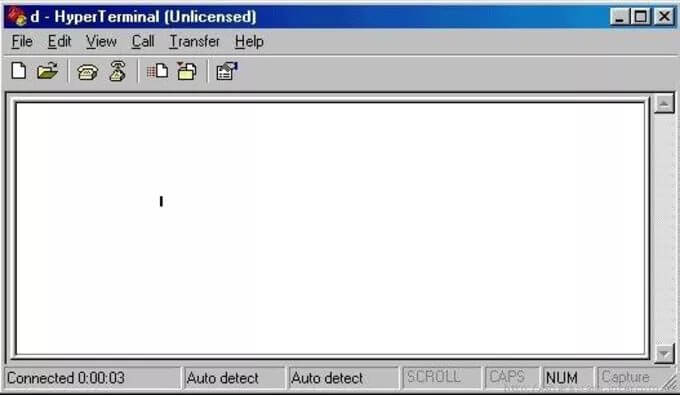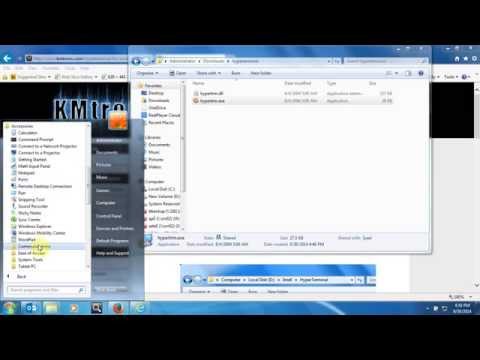

HyperTerminal is not installed by default when you install Windows Server 2003. Don't forget that "exit" doesn't work you must type quit to end the session, and then type exit to close the command window. The text-based telnet client is still included with Windows Server 2003, and can be launched by entering telnet at a command prompt. Instead, you have an enhanced version of HyperTerminal, which you can use to connect to a server using TCP/IP ( Winsock) in addition to the familiar COM ports. The extensions might have been interesting, too, but as they didn't work on our test system it's difficult to tell.The GUI-based telnet client you may have used in Windows NT is not included in Windows Server 2003 (nor in Windows 2000). Hyper provides an easy way to get a tabbed or split window command line. In practice this feature never worked on our Windows 10 system, failing with a cryptic error and referring to a log which was never created.

In theory Hyper also has lots of extensions available, updating its visuals and adding new features. There are lots of configuration options, once you find the relevant file (.hyper.js in your \users\username folder):ĭefault font, cursor size, text colour, custom CSS for the terminal window, the shell to use (replace cmd.exe with PowerShell, say), copy and paste rules, and more. The standard font is a little small, but that can be fixed in the usual way: press Ctrl and + to zoom in, Ctrl and - to zoom out. Individual tabs can be split horizontally (Ctrl+Shift+O) or vertically (Ctrl+Shift+E), enabling viewing the results of commands side-by-side. Would you like another tab, for instance? Press Ctrl+T, as normal, or press Ctrl+N to open a new Hyper window. But wait: Hyper is powered by Chromium, and some familiar Chrome-type features are just a tap or two away.

Launch the program and it's not immediately obvious what this means, as all you get is what appears to be a regular command prompt with a slightly different font and window style. Hyper is an open-source Electron-based application which aims to "create a beautiful and extensible experience for command-line interface users, built on open web standards".


 0 kommentar(er)
0 kommentar(er)
